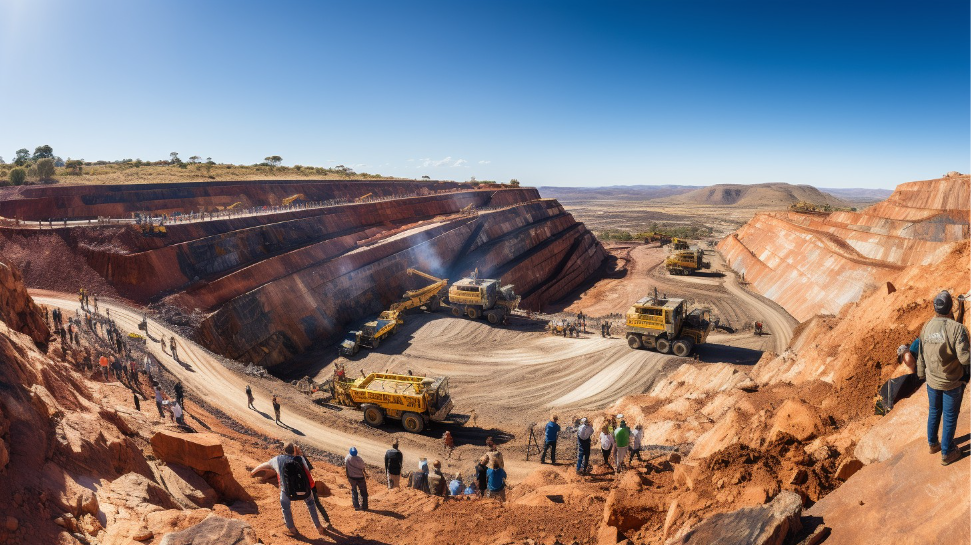Recent geological surveys in Western Australia’s Hamersley region have unveiled an iron ore deposit of unprecedented scale. Estimated at 55 billion metric tons with an iron concentration exceeding 60%, this discovery is valued at approximately $6 trillion. This find positions Australia at the forefront of global iron ore production and has far-reaching consequences for the economy, infrastructure development, and international trade dynamics.
Economic Boost and Investment Surge
Australia has long been a dominant player in the iron ore market, primarily supplying China and other industrial giants. With this newfound deposit, investment in mining operations is expected to skyrocket, fostering economic growth and job creation. Mining corporations and investors will likely compete for extraction rights, leading to an influx of capital into the Hamersley region.
Beyond corporate interests, this discovery could bolster government revenues through royalties and taxation, enabling public investment in infrastructure, healthcare, and education. Western Australia, which already benefits from a thriving mining sector, could experience a significant economic uplift and enhanced development programs.
Infrastructure Expansion and Workforce Growth
To facilitate large-scale extraction, substantial infrastructure investments will be required. Rail networks, ports, and roads must be upgraded to support efficient transportation of iron ore to export markets. Additionally, mining operations will demand specialized labor, resulting in a surge in job opportunities for geologists, engineers, and logistics professionals.
Regional towns near the Hamersley site may experience rapid urbanization, with new housing projects and service industries emerging to accommodate the growing workforce. However, ensuring sustainable development will be crucial to prevent environmental degradation and community displacement.
Global Market Dynamics and Iron Ore Prices
Australia is already the world’s leading exporter of iron ore, and this discovery will further strengthen its market position. However, a supply influx of this magnitude may lower global iron ore prices. While this could pose challenges for existing miners, industries relying on steel production—such as construction and manufacturing—may benefit from reduced material costs.
The global supply chain will likely undergo a shift, with major importers adjusting trade policies and renegotiating contracts. Competitors such as Brazil and India may face intensified market pressures, prompting a strategic reassessment of their mining operations and export strategies.
Geological Significance and Future Exploration
From a scientific standpoint, this find offers valuable insights into the formation of iron ore deposits. Geologists will study the site to better understand how supercontinents influenced mineral distribution over millions of years. These findings could assist in identifying similar deposits elsewhere, shaping future exploration efforts both in Australia and abroad.
Conclusion
The discovery of 55 billion metric tons of high-grade iron ore in Western Australia marks a pivotal moment for the country’s mining industry. While it promises economic expansion, infrastructure advancements, and workforce growth, it also presents challenges related to environmental sustainability and market adjustments. As extraction plans move forward, strategic management will be necessary to maximize benefits while mitigating risks.
Australia now stands at the threshold of a new era in resource exploitation—one that could redefine its role in the global economy for decades to come.



